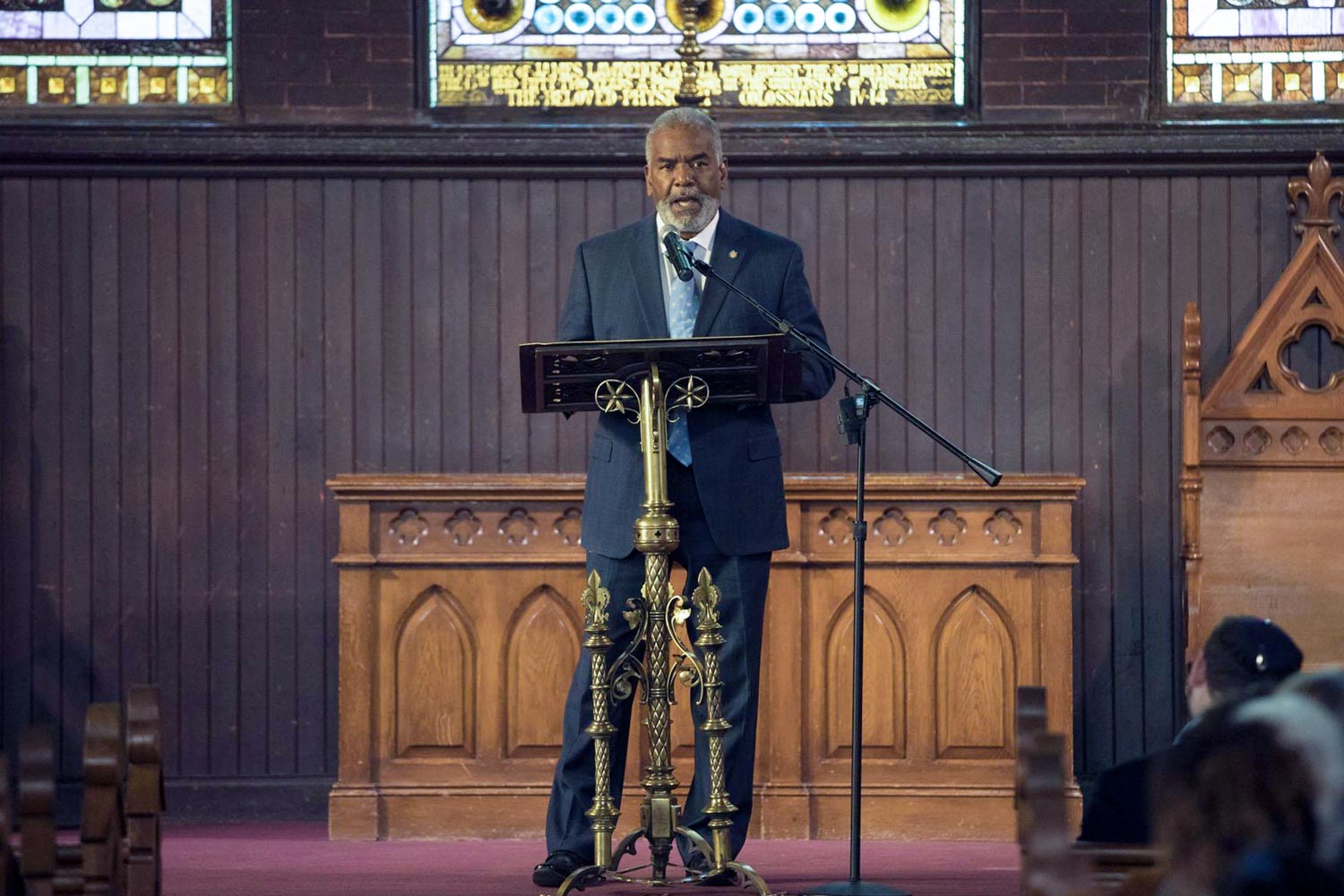On March 3, 1865, life changed for many people in Charlottesville and Albemarle County – especially those who had been enslaved. They were liberated by advancing Union troops, who arrived in Central Virginia to enforce the 1863 Emancipation Proclamation.
After the Charlottesville City Council decided last year to decree March 3 as Liberation and Freedom Day, the second annual event will be celebrated on Saturday, with observances at the University of Virginia and the Jefferson School African American Heritage Center.
Activities will begin at 9 a.m. in the Dome Room of UVA’s Rotunda with a service led by chaplains of the United Ministries of UVA and featuring remarks by University officials. At 10 a.m., a procession will begin at the University Chapel and end at the Jefferson School African American Heritage Center at 233 4th St. NW, where participants will join other leaders and members of the community in further festivities from 11 a.m. to 1:30 p.m. The celebration will include a panel discussion, “Victory for Freedom: March 3, 1865 in Charlottesville,” lunch and an awards ceremony to honor local freedom fighters.
As with other institutions and locales across the nation in recent years, the University and the City of Charlottesville each have striven to recognize the role of slavery in their history.
In 2013, UVA President Teresa A. Sullivan formed the President’s Commission on Slavery and the University to lead educational and memorial efforts, which have progressed since then. In 2016, for example, the UVA Board of Visitors selected the Boston architectural firm Höweler+Yoon to design a memorial to UVA’s enslaved laborers.
In 2016, the Charlottesville City Council established the Blue Ribbon Commission on Race, Monuments, and Public Spaces, and tasked it with “changing the narrative on race” in the city. The commission drew attention to the events of March 3, 1865, which led to the City Council making the proclamation.

As Union forces approached around 4 p.m. that day, University faculty members and the mayor of Charlottesville together waved the white flag of surrender from the foot of Carr’s Hill at the site of the current UVA Chapel, thus relinquishing Charlottesville and the University to the authority of U.S. Gens. George Custer and Philip Sheridan, who guarded the University against damage.
Archival records attest to the relief and jubilation of many who had been enslaved – “servants,” as the UVA faculty minutes documenting those days referred to them. At the time of the Civil War, 14,000 of Charlottesville and Albemarle County’s 26,000 residents were enslaved. Numerous individuals, including members of UVA’s enslaved community, and their families took the opportunity to escape bondage, many becoming refugees behind Union lines.
More than 20 co-sponsors are collaborating to make Liberation and Freedom Day possible, including UVA’s Office of the Vice President and Chief Officer for Diversity and Equity, the President’s Commission on Slavery and the University, the Jefferson School African American Heritage Center, Charlottesville City Council and United Ministries.
Media Contact
Article Information
March 1, 2018
/content/town-and-gown-mark-liberation-and-freedom-day-charlottesville-saturday

